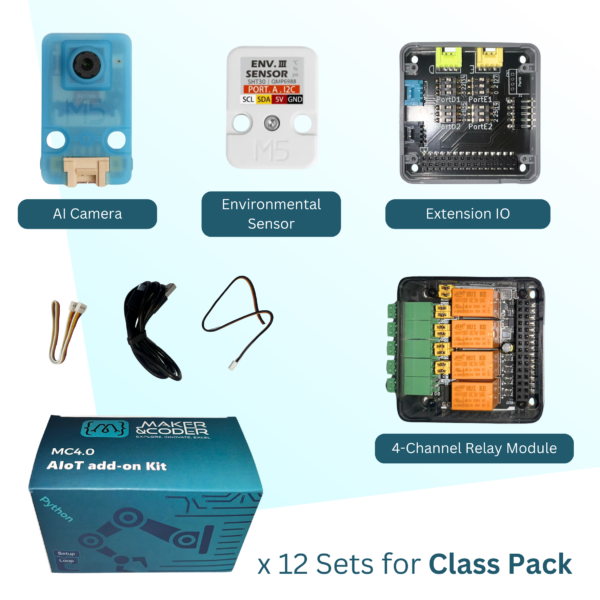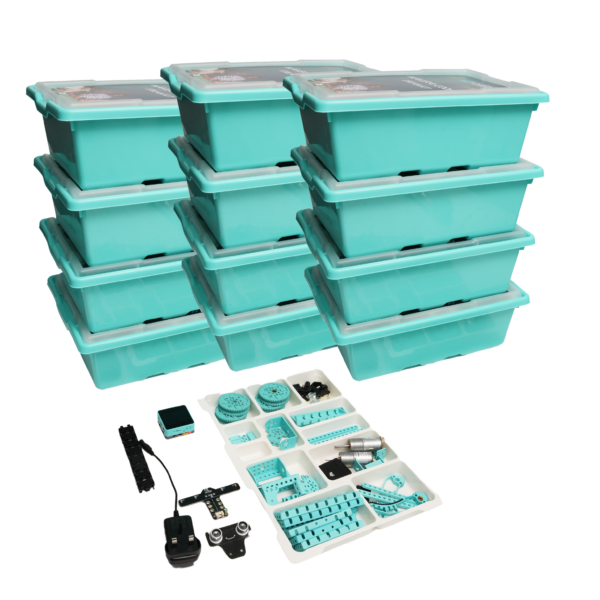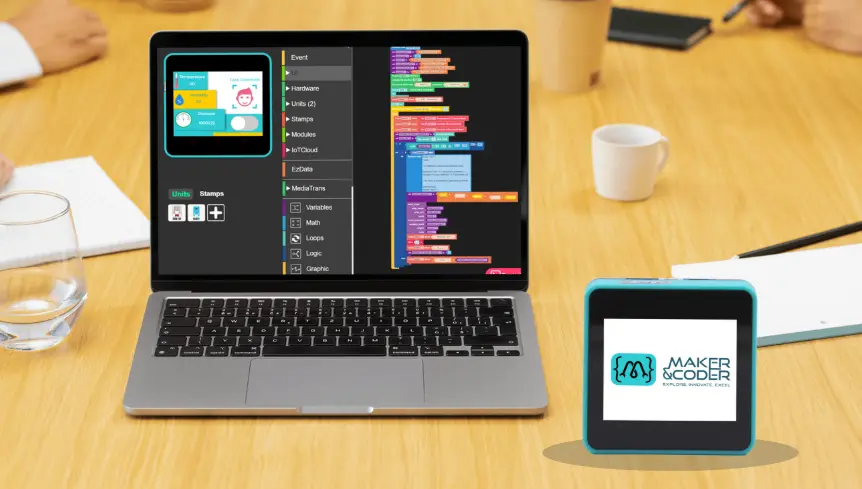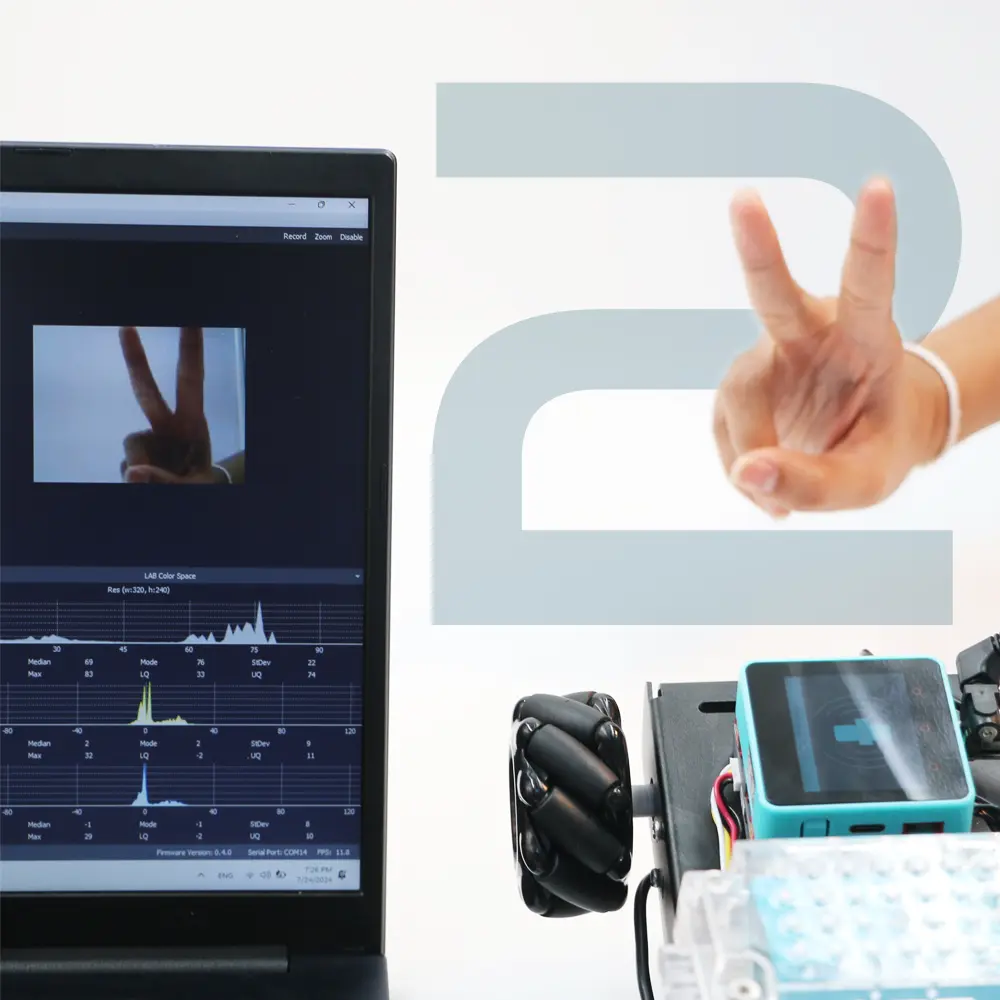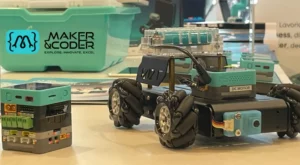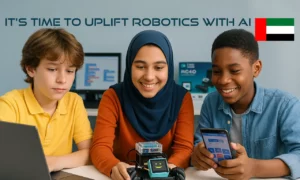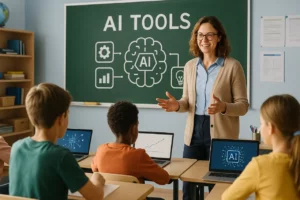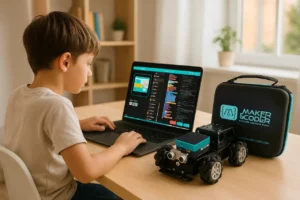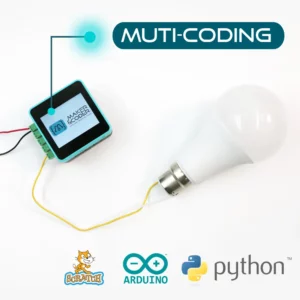In today’s rapidly advancing world, the integration of artificial intelligence and robotics is reshaping industries and daily life. From simplifying complex tasks to enhancing learning experiences, AI-driven learning is taking robotics to an entirely new level. Join us as we explore how AI is transforming the field of robotics through user-friendly innovations and exciting developments.
Understanding AI and Its Impact on Robotics
AI, or artificial intelligence, refers to the simulation of human intelligence in machines that are designed to think and learn like humans. In the realm of robotics, AI empowers machines to perform tasks with increasing efficiency and intelligence. This section breaks down how AI contributes to smarter, more adaptive robots.
The integration of AI in robotics creates systems capable of understanding and interacting with their environment in meaningful ways. For example, through computer vision, robots can now discern objects, detect colors, and recognize faces, much like a human would. This capacity allows robots to perform complex tasks such as sorting, navigation, and even interaction with humans. As AI becomes more sophisticated, robots are not only expected to follow commands but also anticipate needs and make informed decisions.
Another significant impact of AI in robotics is enhanced adaptability and learning capabilities. Utilizing machine learning algorithms, robots can now learn from their experiences, adjusting their actions to achieve better outcomes. This continuous learning process enables them to tackle tasks in environments that were previously unpredictable or complex, opening new possibilities in fields such as healthcare, logistics, and customer service.
Advancements in AI Kit Technologies
AI kits are becoming more sophisticated and accessible, enabling tinkerers and professionals alike to experiment with cutting-edge technology. These kits often include components like sensors, processors, and pre-built algorithms that simplify the process of integrating AI into robotics projects. Discover the innovations making AI kits a must-have for robotics enthusiasts.
With AI kits, enthusiasts can delve into the world of robotics without needing an extensive technical background. These kits often come with intuitive interfaces that guide users through various projects, from basic programmable robots to advanced AI-driven machines. As part of this evolution, companies are providing open-source platforms and community support, which greatly enhance the learning experience and accelerate innovation. This makes AI-enhanced robotics more accessible to a wider audience, fostering a community of learners and creators poised to lead the next wave of technological advancements.
Enhancing Robotics Education Through AI
Educational institutions and DIY enthusiasts are leveraging AI to enrich their learning tools and platforms. From virtual tutorials to interactive simulations, AI-driven learning experiences are making robotics education more engaging and effective. This part examines how schools and individuals can harness these advancements for educational purposes.
Schools are beginning to integrate project-based learning models that utilize AI into their curricula, which encourages students to tackle real-world problems and develop critical thinking skills. For instance, students might build and program AI-driven robots to complete tasks such as simulated deliveries or environmental monitoring. These practical experiences prepare students not only to understand the basics of robotics but also to innovate and adapt technology to solve pressing issues.
By incorporating AI into robotics education, students are also exposed to the ethical and societal implications of technology. This holistic approach ensures that future innovators consider the broader impacts of their creations, a crucial aspect in today’s interconnected world. As AI and robotics continue to transform lives, there is a growing need for educational programs that prepare students to lead ethically and responsibly in this new era of technology.
AI-Powered Automation in Robotics
Automation is one of the most significant contributions of AI to robotics. With AI, robots can automate repetitive tasks with precision and adaptability, vastly improving efficiency in various fields. Explore the various sectors where AI-powered automation is making a significant impact.
In manufacturing, AI-driven robots are dramatically boosting productivity and safety. They are programmed to perform tasks such as assembly, welding, and painting with unparalleled accuracy and speed. With data-driven insights, these robots not only execute tasks but also optimize processes in real-time, identifying potential bottlenecks and initiating corrective measures autonomously. This level of automation decreases operational costs while improving output quality, benefitting both the manufacturers and consumers.
The healthcare industry is also experiencing a transformation with AI-powered robotic automation. From conducting precise surgeries to managing and distributing medical supplies, AI-driven robots are enhancing the quality of care and ensuring operational efficiencies. As robotic technologies advance, there is potential for even more sophisticated applications, such as patient monitoring systems that provide continuous, real-time data analytics to medical professionals, enabling proactive treatment strategies.
Creative Applications of AI in Robotics
Beyond functional improvements, AI is inspiring creative engineering and artistic endeavors in the robotics field. This section delves into innovative projects that showcase the artistic side of robotics, made possible through AI technologies. From robot artists to autonomous music composers, the possibilities are endless.
One fascinating domain is the creation of robotic artists capable of producing visual art with individual style elements. By studying existing artworks, these robots use AI algorithms to understand artistic techniques and incorporate them into original works. This merging of technology and artistry challenges traditional perspectives on creativity, raising intriguing debates about the nature of human expression and machine potential.
In music, AI is being utilized to innovate and experiment with new compositions. Robotic composers can analyze thousands of compositions to learn patterns, harmonies, and styles, then generate symphonies or pop songs that echo human creativity. These applications not only expand the boundaries of what robotics can achieve but also offer artists new tools for exploring and pushing the limits of their artistic expression.
As we explore these creative applications, it becomes clear that the line between human and machine creativity is gradually blurring. These advancements prompt us to rethink our understanding of creativity itself, opening up new dialogues about what it means to create and the role of AI in the artistic landscape.

